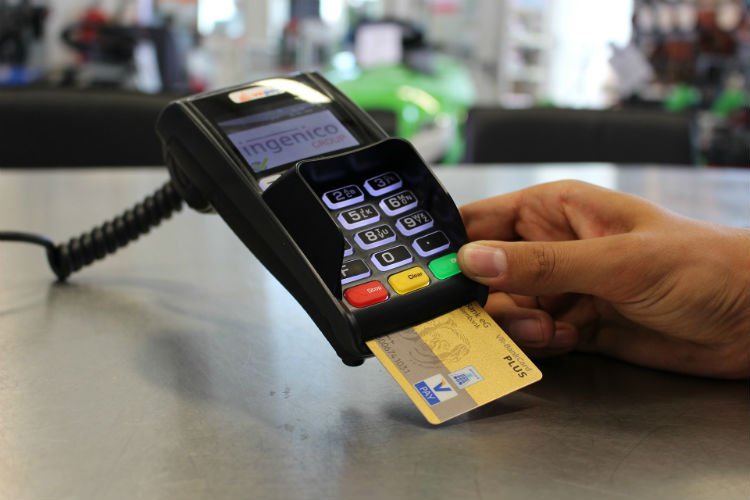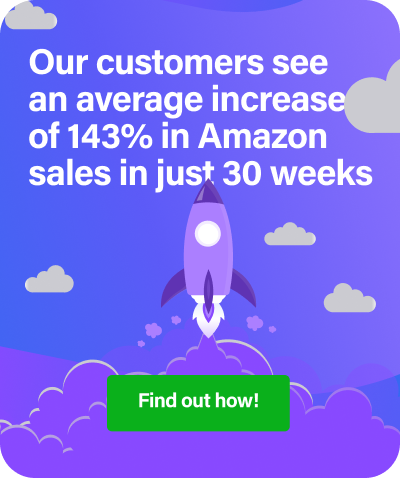Guest post by Ashley from Heroic Search
As the proud owner of an online store, you’re privy to a few things that others don’t know:
- The internet is one of the most powerful sales channels in history.
- Making your mark in the ecommerce world is harder than it looks.
- The more process you automate, the higher your chances of success.
This is why you need to know how to fully-automate your online store. Find out how.
The Best Strategies are Organised and Well Thought-Out
When you made your way into ecommerce, you knew that you wanted to make money selling products online. What you didn’t inherently know was how to do it. So, you started your journey with research. From the books and articles you read, the videos you watched, and the courses you took, you learned everything you needed to know to launch an online store.
Now, here you are, your brain loaded with information that you didn’t know could fit in one place. It’s hard to keep your thoughts organised. All business owners experience this. It’s why we write business and marketing strategies — so we can keep track of our processes.
Did you ever think about writing an automation strategy? If not, now is time. Creating an inclusive strategy will help you stay on track.
What Should an Automation Strategy Include?
An automation strategy needs to include more than just a list of the processes you want to automate based on the software you want to try. Rather, you need to include data, analytics, and testing for each customer journey touchpoint:
- Discovery
- Social Media
- Email Marketing
- Product Pages
- Customer Service
- Shopping Cart/Checkout
- Email Follow-up, Tracking and Delivery
Modern technology enables you to automate many, if not most processes of an ecommerce business. Writing a plan to automate your processes should include each of these touchpoints.
1. Discovery Automation
Discovery stage touchpoints happen when a prospect discovers your brand; in ecommerce, they happen primarily via word of mouth or online content. Obviously, word-of-mouth discovery is essentially automated — the only role you play in this is delivering exceptional customer experience. Online content, on the other hand, is something you can partially automate.
The first part of your plan should include the product and brand discovery touchpoints for your particular business. It should include processes you would like to automate and the content marketing automation tools that can help you.
2. Social Media Automation
Social media may fall into the discovery automation category, but there is so much involved here, that it gets a category of its own. Social media automation tools will help you automate the following processes:
- Curate, plan, and schedule content across social media platforms.
- Collaborate with team members.
- Analyse and report engagement rates.
- Monitor brand mentions.
- Track competitors.
- Search for influencers.
- Discover the best times to post.
- Generate custom tracking links.
- Unfollow inactive users.
- Republish your best social media content.
- Perform customer support.
- Track hashtags and keywords.
Of the above processes, choose which ones you want to automate, and include it in your plan.
3. Email Marketing Automation
The third part of your ecommerce automation strategy is email marketing. You can either curate or create custom email marketing campaigns for subscribed readers. Tools like MailChimp simplify the process of configuring your email automation. Be sure to include in your strategy the email marketing tactics you will implement and the tools you will use.

4. Product Pages Automation
Your business structure plays a role in which product page elements you can automate. For example, a drop shipping company will probably have more automation (product images, etc.) than an ecommerce company who manufactures and sells homemade soaps. The fourth section of your automation strategy should cover all the product page automation you would like to implement and the tools you will use to make it happen.
5. Customer Service Automation
In 2018, some of the hottest topics are AI and chatbots. You can now use technology to automate a huge portion of your customer service. Your fifth section in your ecommerce automation plan will cover all customer service automation processes and any apps you will need to deliver this.
6. Shopping Cart/ Checkout Automation
Step six is the shopping cart and checkout automation. You can configure your shipping costs within most ecommerce dashboards and use the right tools to deliver the correct information to your customers. If you have an omnichannel strategy (you sell on more than one platform), some ecommerce platforms will provide you with a credit card reader that helps you process transactions offline and automatically send the data to your inventory management dashboard.

7. Email Follow-up, Tracking, and Delivery Automation
One of the most helpful parts of your business to automate is follow-up, tracking, and delivery. You can use transportation management software to deliver helpful information to your customers without lifting a finger. Include these details in the final section of your automation plan.
Final Thoughts
Once you’ve created an automation strategy you’re satisfied with, it’s time to implement it. Don’t forget to A/B test and analyse your results — eventually, you’ll have the most beneficial automation plan in your niche.



